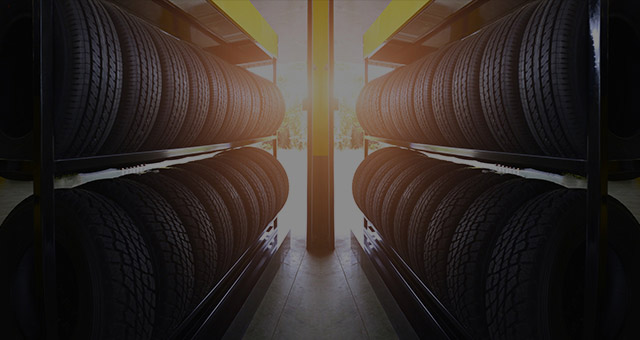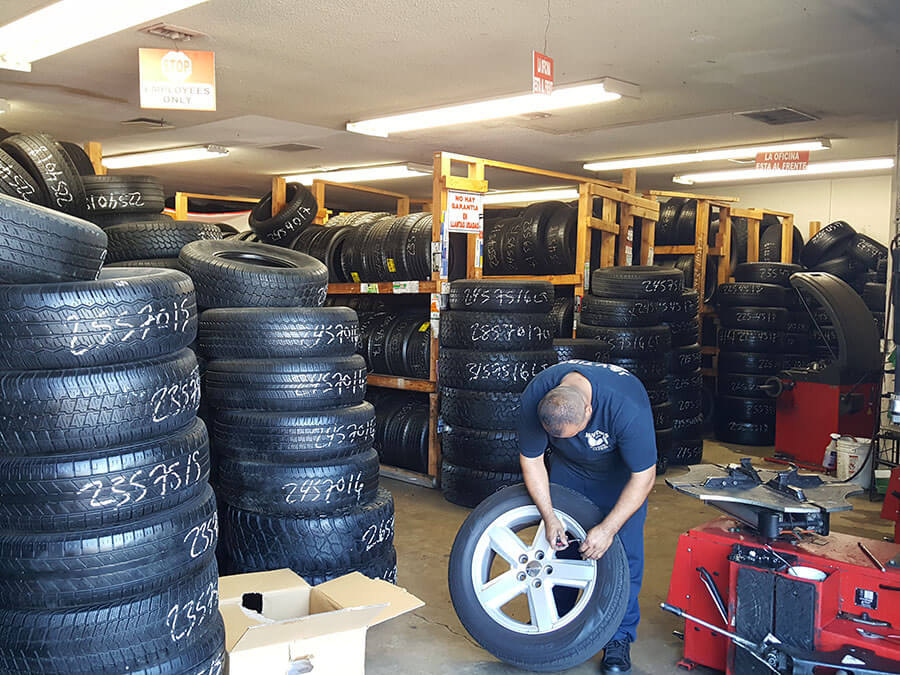Tire Service: Comprehending Tire Stress Monitoring Equipments
Understanding Tire Stress Monitoring Systems (TPMS) is an essential facet of preserving optimum lorry efficiency and security on the roadway. With advancements in automotive modern technology, TPMS has come to be a conventional function in modern automobiles, providing real-time info on tire pressure levels.

Significance of TPMS
The value of Tire Pressure Monitoring Solutions (TPMS) hinges on their ability to boost lorry safety and security and efficiency through real-time tracking of tire pressure levels. Keeping the correct tire pressure is essential for making certain ideal handling, stopping, and total safety of a vehicle. TPMS offers drivers with immediate feedback on any kind of underinflated or overinflated tires, permitting timely modifications to be made.
Parts of TPMS
Comprising numerous vital components, a Tire Pressure Surveillance System (TPMS) operates as an advanced safety function in modern-day lorries. The primary parts of a TPMS include sensing units, a control component, and a warning indicator. Sensors are typically located in the tire shutoff stem or connected to the wheel setting up, where they measure tire pressure and transfer information to the control module. If it identifies substantially reduced stress in any of the tires, the control component procedures this info and causes a caution. The warning indicator, usually a sign on the dashboard, informs the vehicle driver to check the affected tire or tires. Some progressed TPMS models also display the real tire pressure analyses for every tire, giving drivers with real-time details to ensure optimal tire performance and safety. By keeping track of tire stress constantly, TPMS helps stop mishaps, reduces tire wear, and enhances fuel efficiency, making it a critical part for lorry safety and performance.
Sorts Of TPMS

On the various other hand, indirect TPMS relies upon the vehicle's wheel speed sensors to monitor tire pressure. This system spots underinflation by comparing the rotational speeds of the wheels. Indirect TPMS is much less pricey than direct TPMS, as it utilizes existing sensors within the automobile.
While straight TPMS uses a lot more precise readings, indirect TPMS is simpler in style and typically requires much less upkeep. Both systems have their limitations and benefits, and the option between them typically depends upon elements such as cost, lorry make, and individual preference. Comprehending the differences in between these 2 sorts of TPMS can help automobile owners make informed choices pertaining to tire maintenance and security.
TPMS Maintenance Tips
Reliable upkeep of TPMS is vital for guaranteeing optimum efficiency and safety of your vehicle. Routinely inspecting the TPMS sensing units for any kind of damage or deterioration is critical. Guarantee that the sensors are clean and complimentary from debris that can hinder their functioning. Furthermore, it is advisable to examine the sensor batteries occasionally and replace them as required to guarantee exact analyses. Conduct regular checks on the look at this web-site tire pressure degrees and contrast them with the TPMS readings to guarantee they are constant. Alter the system following the manufacturer's guidelines if there are any kind of inconsistencies. Throughout tire turning or substitute, make certain that the TPMS elements are taken care of carefully to avoid any type of possible damage. If the TPMS cautioning light Recommended Reading illuminates on the dashboard, resolve the issue quickly by inspecting the tire pressures and the overall system for any type of faults. By adhering to these maintenance tips, you can lengthen the life-span of your TPMS and boost the security of your driving experience.
Advantages of Appropriate Tire Pressure
Maintaining correct tire pressure, as emphasized in TPMS Upkeep Tips, is crucial for gaining the many advantages connected with optimal tire stress levels. Among the main advantages of keeping the appropriate tire pressure is improved gas performance. When tires are appropriately inflated, there is much less moving resistance, bring about much better gas economic climate. Additionally, correct tire stress makes sure also tire wear, expanding the life-span of the tires and promoting much safer driving problems. With the right tire pressure, lorries additionally have much better handling and grip, particularly in adverse weather. This can improve general driving efficiency and safety and security for the motorist and guests. Additionally, keeping optimum tire pressure can add to a smoother and a lot more comfy ride by decreasing resonances and noise triggered by underinflated tires. To conclude, the benefits of correct tire stress read this go past just tire long life; they incorporate boosted gas efficiency, enhanced safety and security, better car performance, and general driving comfort.
Verdict
To conclude, comprehending tire pressure surveillance systems (TPMS) is crucial for keeping optimal tire stress and making certain automobile safety. By identifying the value of TPMS, recognizing with its elements, recognizing the various kinds readily available, sticking to appropriate upkeep ideas, and realizing the advantages of keeping appropriate tire stress, chauffeurs can enhance their driving experience and extend the lifespan of their tires. Proper tire pressure is crucial to safe and effective automobile operation.
